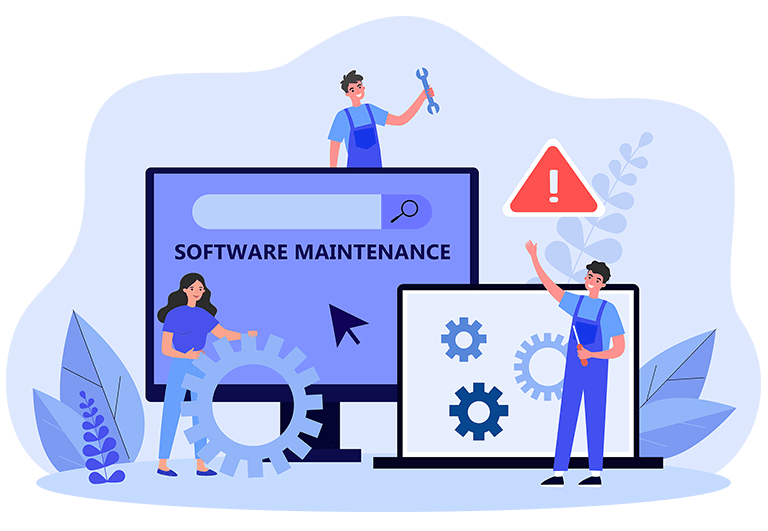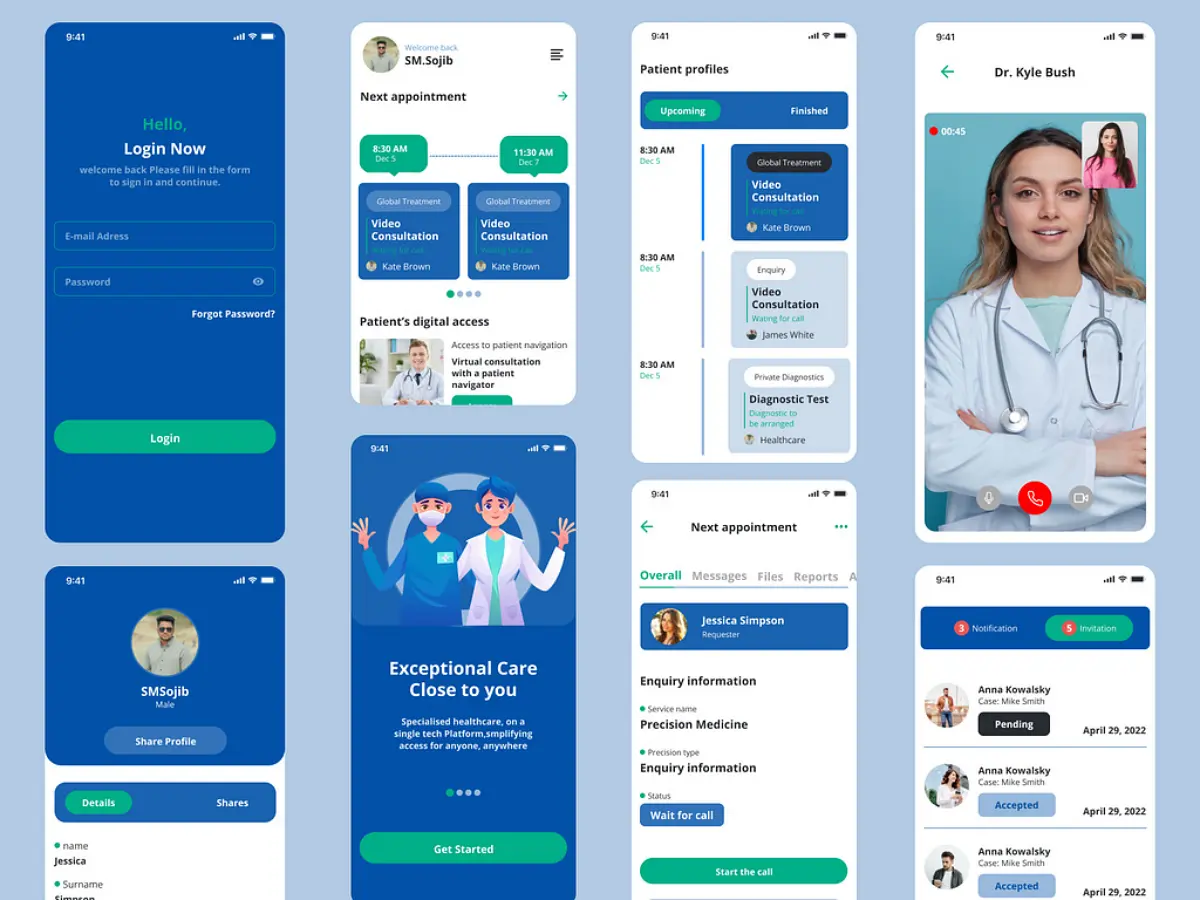Deep Dive into 4 Main Types of Software Maintenance
- TECHVIFY Team
- 0 Comments
Many businesses mistakenly believe that software development ends at deployment. However, continuous work is needed to ensure success once your product is on the market. Issues will arise, and user feedback must be addressed to make necessary improvements.
If your product is successful, maintenance will become the largest part of the software development life cycle. Therefore, it’s crucial to have a maintenance process in place from the start.
Software maintenance strategies are unavoidable. Ensure your business accounts for ongoing support and maintenance costs in your development budget. This article will explain the four types of software maintenance and their roles.
I. Understand Software Maintenance in Software Engineering
Software maintenance involves changing, modifying, and updating software to meet customer needs. It occurs after the product launch to enhance the software, fix issues or bugs, and improve performance.
Software maintenance is essential to the Software Development Life Cycle (SDLC). Developers must continually update and refine their software to stay competitive and relevant.
Applying effective software maintenance techniques and strategies is crucial for ensuring long-term software functionality and user satisfaction.
Interested in Software Development and everything related? Check these articles:
II. Why is Software Maintenance Necessary for Software Engineering
Software maintenance is crucial for the long-term success and health of any application. Without it, a software product will decline as bugs and errors degrade performance and user experience.
If your business invests time and money in developing software, it must prioritize maintenance to protect that investment and keep data safe from malicious attacks.
Do not overlook the importance of software maintenance after development. Your organization should also budget for maintenance, as it will be the most extended development life cycle phase.
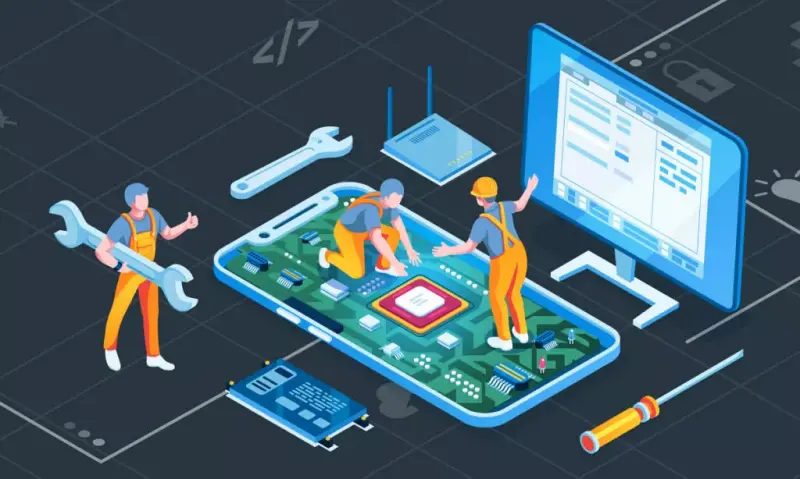
III. 4 Main Types of Software Maintenance
Your organization should be aware of four types of software maintenance in software engineering:
- Corrective Software Maintenance: Fix bugs and errors after they are found.
- Adaptive Software Maintenance: Updates software to remain compatible with new technologies and environments.
- Preventative Software Maintenance: Identifies and resolves potential issues before they become problems.
- Perfective Software Maintenance: Enhances existing features and functionality to improve software quality.
1. Corrective Software Maintenance
Corrective software maintenance identifies and fixes software errors, bugs, and faults. These issues are inevitable and must be addressed to prevent them from affecting user experience, software logic, security, or overall performance.
Corrective maintenance is often the first type of maintenance companies consider for their software post-deployment. It’s important to note that this type of maintenance is reactive, starting only after a user or in-house tester reports an issue.
Corrective maintenance is generally straightforward and quick, usually addressing minor issues like connectivity problems or login failures. It rarely impacts software performance and often goes unnoticed by users. However, sometimes, it can change familiar processes and cause negative reactions.
Don’t rely solely on user reports to find bugs. Your company should also employ QA testers and maintenance engineers to identify and fix issues before users encounter them proactively.
2. Preventative Software Maintenance
Preventative software maintenance identifies and resolves potential issues before they become problems. This proactive approach is often scheduled in advance and performed regularly. Its goal is to detect and fix latent faults in the code to prevent operational errors.
While similar to corrective maintenance, preventative maintenance differs in its approach. Corrective maintenance deals with issues as they arise, whereas preventative maintenance aims to address problems before they occur. This type of maintenance helps future-proof your application, making it more scalable and efficient.
Preventative maintenance is usually planned ahead of time, and users are often notified because it can impact software performance depending on the system part being worked on. Informing users about scheduled maintenance is crucial to avoid disruptions during critical transactions.
Preventative maintenance is vital for scalability and future operational capacity. Do not overlook this important aspect of software maintenance.
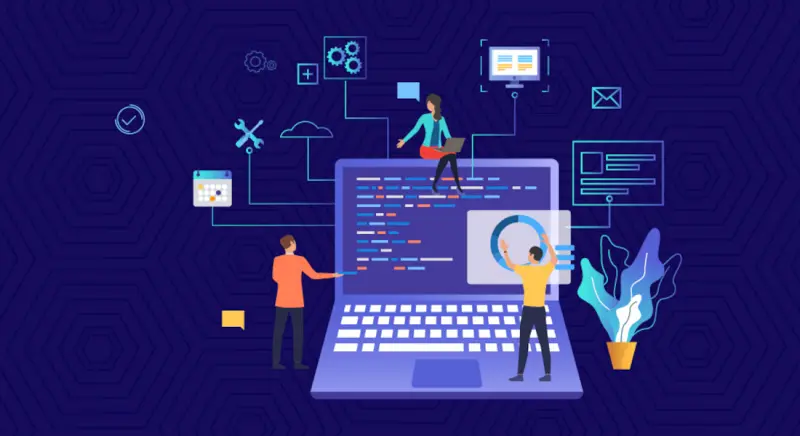
Learn More On:
3. Adaptive Software Maintenance
Adaptive software maintenance ensures your software stays current with the latest technologies, versions, and libraries. Most software relies on a tech stack that includes third-party technologies, which are regularly updated.
When libraries, plugins, and other third-party tools used in your software are updated, you must also update them. Operating systems, cloud services, and hardware dependencies also receive regular updates. Including adaptive maintenance in your software maintenance plan is crucial to prevent your software from becoming outdated.
Adaptive maintenance is often performed alongside corrective maintenance. Updating technologies can sometimes resolve existing bugs or errors. Despite its importance, adaptive maintenance is frequently overlooked because its impact on users is not immediately visible.
Neglecting adaptive maintenance is a mistake. Updates to software, operating systems, and other components often enhance functionality and features. Regular adaptive maintenance ensures your software remains relevant and competitive.
Users may switch to alternative solutions if your software lacks new features and becomes obsolete. Keeping your application updated helps retain users and maintain their satisfaction.
4. Perfective Software Maintenance
Perfective software maintenance enhances a software product’s features and functionality. This involves refining current features, adding new ones, or removing unnecessary ones. The primary aim is to improve the software’s quality.
This type of maintenance is often the most noticeable to end users. However, users may not always welcome changes to the design, interface, or specific features. Therefore, it’s crucial to communicate with users when significant changes are planned to avoid alienating them.
Perfective maintenance is crucial for the software’s future success but should not be rushed. Take the time to understand user experiences and make informed adjustments based on reliable data and feedback.
Looking to Outsource Development?
Contact TECHVIFY, Vietnam’s Leading Offshore Software Development & Outsourcing Company, for a consultation and development services.
IV. Challenges in Software Maintenance You Can Face
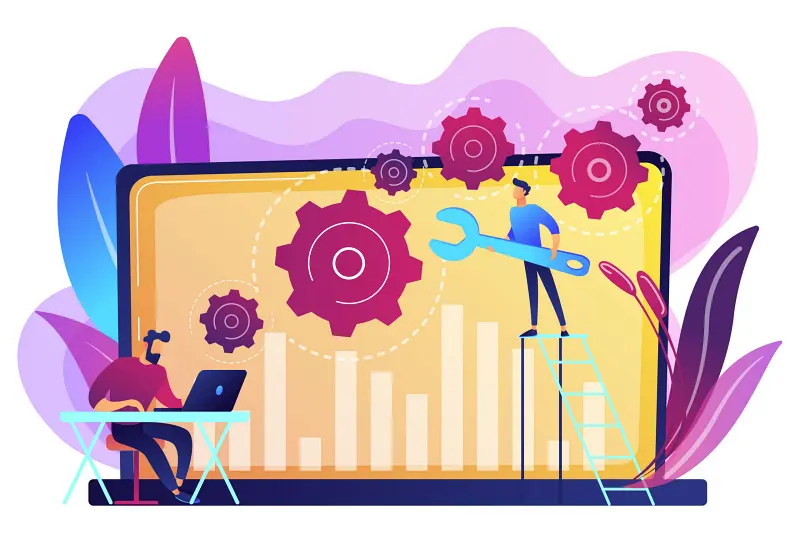
Software maintenance faces several challenges:
- Longevity: Software can remain in use for 10 to 15 years, making long-term maintenance costly.
- Obsolete Systems: Older programs designed for slower machines struggle against newer software on modern hardware.
- Lack of Documentation: Changes are often undocumented, leading to future conflicts.
- High Costs: Maintaining old software becomes expensive as technology advances.
- Structural Integrity: Modifying software can damage its original structure, complicating further changes.
- Code Comments: There is often a lack of comments in code, hindering understanding.
- Poor Documentation: Inadequate documentation makes it hard to understand and fix systems.
- Legacy Code: Maintaining outdated systems requires specialized knowledge and skills.
- Complexity: Large, complex systems are difficult to understand and modify.
- Changing Requirements: Adapting software to new user requirements is time-consuming and challenging.
- Interoperability Issues: Changes in one system can affect other interconnected systems.
- Lack of Test Coverage: Inadequately tested systems are hard to maintain and troubleshoot.
- Personnel Shortage: A lack of skilled personnel makes it difficult to maintain systems.
- High Costs: Maintenance, especially for large systems, can be expensive and hard to manage.
To overcome these challenges, implement a well-defined maintenance process that includes testing, validation, version control, and communication with stakeholders. Regular maintenance activities like testing, backups, and bug fixing should be part of a clear maintenance plan. Ensure you have skilled personnel to maintain the system effectively.
Conclusion
Understanding different types of software maintenance is vital for any application’s long-term success and efficiency. Regularly addressing bugs, adapting to new technologies, preventing issues, and enhancing features can protect your software investment and keep it competitive.
Neglecting maintenance can lead to performance decline, security risks, and user dissatisfaction. Therefore, it’s essential to prioritize and budget for ongoing software maintenance types to ensure your software remains robust and efficient.
For expert consultation and top-tier software maintenance services, look no further than TECHVIFY. Our skilled professionals are ready to help you keep your software running smoothly.
Get in touch with TECHVIFY today and ensure your software’s optimal performance and longevity!
TECHVIFY – Global AI & Software Solution Company
From Startups to Industry Leaders: TECHVIFY prioritizes results, not just deliverables. Accelerate your time to market and see ROI early with high-performing teams, AI (including GenAI) Software Solutions, and ODC (Offshore Development Center) services.
- Email: [email protected]
- Phone: (+84)24.77762.666




